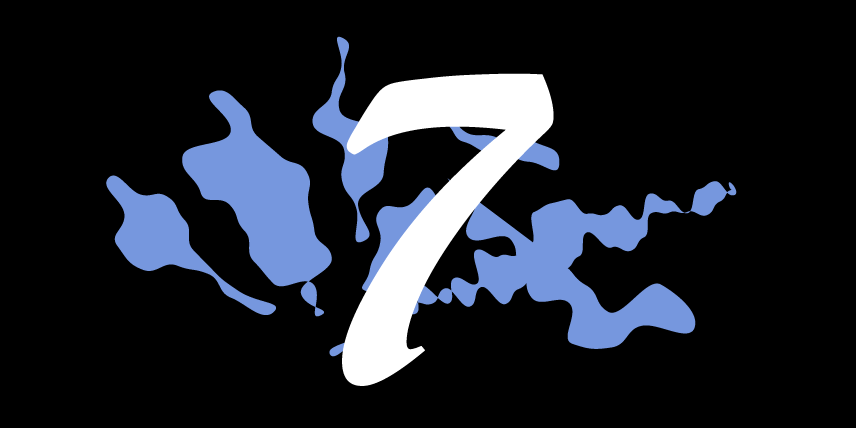punishments
& the protest of Ti Ying
5
Ti Ying (緹縈)was the youngest daughter of a doctor condemned to receive one of the five corporal punishments of Han Dynasty China. Defying the societal restrictions on her sex, Ti Ying travelled to the capital to intercede on her father’s behalf, boldly petitioning the emperor Wen (漢文帝, 203-157 BCE). Instead of appealing on the basis of her father’s good character, she took on the whole system of corporal punishment itself, pointing out the inhumanity of the penal code. The emperor was won over, released her father, and reformed the law. Ti Ying became known as a model of filial piety, who honoured her father even as she broke the rules governing female conduct.
5
punishments
& the protest of Ti Ying
Ti Ying (緹縈)was the youngest daughter of a doctor condemned to receive one of the five corporal punishments of Han Dynasty China. Defying the societal restrictions on her sex, Ti Ying travelled to the capital to intercede on her father’s behalf, boldly petitioning the emperor Wen (漢文帝, 203-157 BCE). Instead of appealing on the basis of her father’s good character, she took on the whole system of corporal punishment itself, pointing out the inhumanity of the penal code. The emperor was won over, released her father, and reformed the law. Ti Ying became known as a model of filial piety, who honoured her father even as she broke the rules governing female conduct.
CULTURAL NOTE
The five punishments as a group belong to a particular time in history, broadly speaking pre-imperial China. In subsequent epochs the list was revised to include a different selection of punishments, not least thanks to the efforts of Ti Ying. It’s also worth noting that Chinese writings often favoured neat groups, with five being a particularly auspicious number. As such, the group of five below does not mean there were not other punishments available to the justice system of the time.
墨
mò
permanent tattoos
In this punishment, known as 墨 mò (ink) or 黥 qíng, the face of the accused was tattooed with permanent ink, so they would always be marked out as a criminal.
劓
yì
amputation of the nose
Combining the elements for ‘nose’ and ‘knife’, this character couldn’t be clearer about what this grisly punishment entailed.
刖
yuè
amputation of the foot or kneecap
That famous knife element makes its second appearance on the list, this time applied to the feet or knees.
宮
gōng
castration
This punishment went by many names. The character on the right means ‘palace’, showing the other side of this punishment which was a lifetime of service in the Imperial Palace as a eunuch. Other names include 淫刑 (yín xíng), 腐刑 (fǔ xíng) and 蠶室刑 (cánshì xíng).
大辟
dà pì
death
As you might expect, this punishment is really a category of its own as state-sanctioned murder came in many and varied forms in pre-imperial China.
Other Lists of 5
Other Military & State

